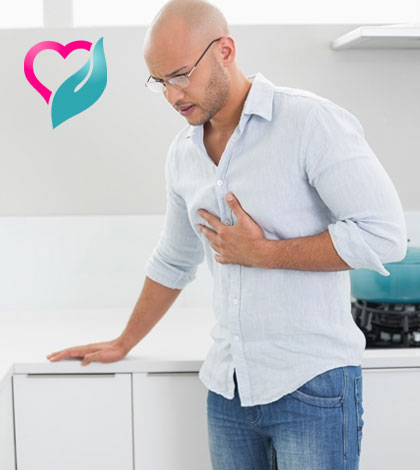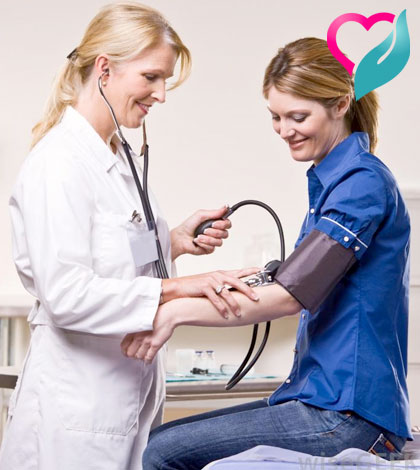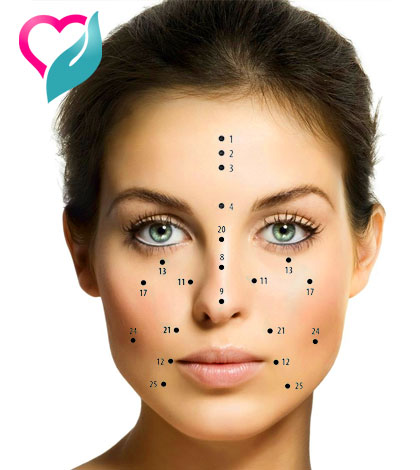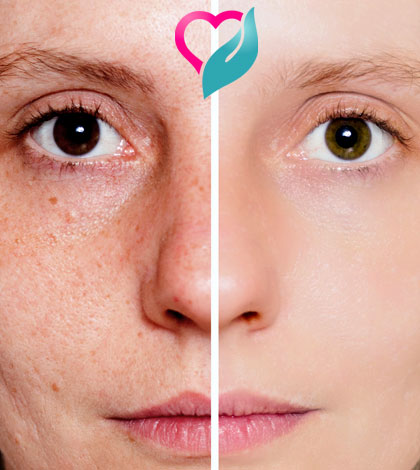Stroke Prevention Guidelines
The following Stroke Prevention Guidelines will help you learn how you may be able to lower your risk for a first stroke.
[wp_ad_camp_1]
National Stroke Association’s Stroke Prevention Advisory Board, an elite group of the nation’s leading experts on stroke prevention, established the first Stroke Prevention Guidelines. They were published in a 1999 issue of Journal of the American Medical Association (JAMA) and have been updated to reflect current medical standards
1. Know blood pressure (hypertension)
High blood pressure is a major stroke risk factor if left untreated. Have blood pressure checked yearly by a doctor or at health fairs, a local pharmacy or supermarket or with an automatic blood pressure machine.
[wp_ad_camp_4]
2. Identify atrial fibrillation (Afib)
Afib is an abnormal heartbeat that can increase stroke risk by 500%. Afib can cause blood to pool in the heart and may form a clot and cause a stroke. A doctor must diagnose and treat Afib
3. Know cholesterol levels
Cholesterol is a fatty substance in blood that is made by the body. It also comes in food. High cholesterol levels can clog arteries and cause a stroke. See a doctor if your total cholesterol level is more than 200.
4. Control diabetes
Many people with diabetes have health problems that are also stroke risk factors. A doctor and dietician can help manage diabetes.
5. Exercise regularly
In a study of more than 47,000 men and women in Finland, moderate and high levels of physical activity were associated with lower stroke risk. Exercise helps reduce blood pressure by making the heart stronger. And the stronger the heart, the less effort it takes to pump blood around the body—so the lower the blood pressure. Physical activity also can help decrease the risk of developing diabetes and control cholesterol levels, both of which up your chances of a stroke.
[wp_ad_camp_2]
6. Drink moderately
Experts aren’t clear on why alcohol raises blood pressure and increases stroke risk, but research from the University of Cincinnati has shown that having more than two drinks a day is associated with subarachnoid hemorrhage, a particularly deadly type of stroke caused by the rupture of a blood vessel on the surface of the brain; it tends to strike premenopausal women.
Likewise, Tulane University researchers reported several months ago that the risk of ischemic stroke rises with greater alcohol intake.
7. Control your weight
Gaining even 22 pounds after the age of 18 is associated with increased risk of stroke.
8. Eat a healthy diet
Diets high in saturated fat and cholesterol can raise blood-cholesterol levels.
“Cholesterol tends to adhere to the arteries, and blood tends to stick to those spots, increasing the risk of clotting,” Morgenstern says. Excess sodium intake can contribute to high blood pressure, too. Eating five or more servings of fruits and vegetables a day may reduce stroke risk.
9. Stop smoking
Stroke risk decreases significantly two years after quitting and is at the level of nonsmokers by five years, research shows. In fact, recent data from the Women’s Health Study showed that women who smoke a pack a day are at increased risk of hypertension. What’s more, the nicotine and carbon monoxide damage the cardiovascular system, leading to a higher risk of stroke.
10. Treat circulation problems
Fatty deposits can block arteries carrying blood to the brain and lead to a stroke. Other problems such as sickle cell disease or severe anemia should be treated.
11. Transient Ischemic Attack (TIA)
A TIA is a temporary episode of stroke-like symptoms that can last a few minutes to 24 hours but usually causes no permanent damage or disability. TIA and stroke symptoms are the same. Recognizing and treating a TIA can reduce stroke risk. Up to 40 percent of people who experience a TIA may have a stroke.
12. Heart disease
Common heart disorders such as coronary artery disease, valve defects, irregular heart beat (atrial fibrillation), and enlargement of one of the heart’s chambers can result in blood clots that may break loose and block vessels in or leading to the brain. The most common blood vessel disease is atherosclerosis. Hypertension promotes atherosclerosis and causes mechanical damage to the walls of blood vessels. Your doctor will treat your heart disease and may also prescribe medication, such as aspirin, to help prevent the formation of clots. Your doctor may recommend surgery to clean out a clogged neck artery if you match a particular risk profile. If you are over 50, NINDS scientists believe you and your doctor should make a decision about aspirin therapy. A doctor can evaluate your risk factors and help you decide if you will benefit from aspirin or other blood-thinning therapy.
13. Physical inactivity and obesity.
Obesity and inactivity are associated with hypertension, diabetes, and heart disease. Waist circumference to hip circumference ratio equal to or above the mid-value for the population increases the risk of ischemic stroke three-fold.
14. Get off the hormones, ladies.
Hormone replacement therapy with estrogen, used to ease symptoms of menopause, have been found to significantly boost a woman’s risk of stroke. And Tibolone, a synthetic HRT that mimics estrogen and the hormone progesterone, was found last year to increase the risk of stroke in women older than 60. Also, smokers who take birth control pills are at far greater risk of stroke, blood clots, and heart attack than women on the pill who don’t smoke.
15. Eat your veggies.
As if you need yet another reason to eat your vegetables, the American Heart Association recommends people at elevated risk of cardiovascular disease, which includes stroke, should make sure they get several servings a day. One reason is to increase intake of folic acid and vitamins B6 and B12, which have been associated with lower blood levels of homocysteine. Epidemiological studies suggest that high levels of this amino acid are associated with elevated rates of heart disease and stroke. Folic acid and vitamins B6 and B12 can also be found in fortified grains and cereals.
16. Vitamin D deficiency due to lack of sun exposure.
Sun avoidance also increases your risk of vitamin D sulfate deficiency, which may be an underlying cause of arterial plaque buildup (a risk factor for stroke)
17. Psychological distress.
According to a 2008 study published in the journal Neurology, the more stressed you are, the greater your risk. The researchers actually found that for every notch lower a person scored on their well-being scale, their risk of stroke increased by 11 percent. Not surprisingly, the relationship between psychological distress and stroke was most pronounced when the stroke was fatal.
18. Avoid constipation.
Straining to move your bowels is hard on your heart and blood vessels.
[wp_ad_camp_3]












